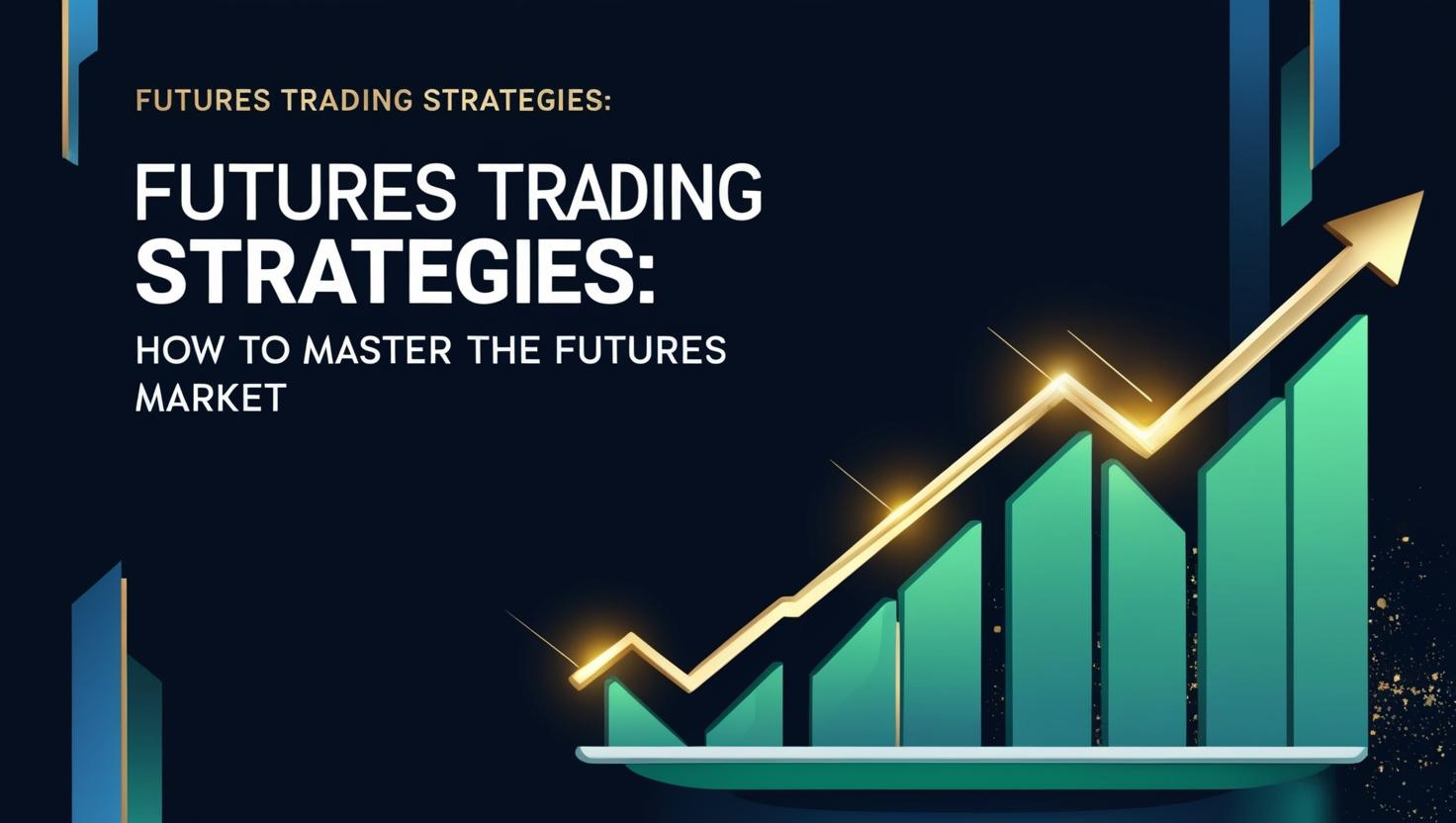Futures Trading Strategies: How to Master the Futures Market
The world of futures trading offers some of the most dynamic and lucrative opportunities for investors and traders alike. Whether you’re looking to hedge your portfolio, speculate on price movements, or diversify your holdings, futures trading strategies can give you a significant edge.
In this guide, we’ll explore:
-
What futures trading is
-
Why futures are attractive to traders
-
The best futures trading strategies to succeed
-
How to build a consistent, professional approach to the futures market
Let’s dive right in.
What Is Futures Trading? Futures Trading Strategies
Futures trading involves buying or selling contracts that obligate the holder to purchase or sell an asset at a predetermined price at a specific time in the future. These contracts can be based on:
-
Commodities (Gold, Oil, Natural Gas)
-
Indices (S&P 500, Nasdaq, Dow Jones)
-
Currencies (Euro, Yen)
-
Cryptocurrencies (Bitcoin Futures)
Unlike spot markets, where you trade an asset immediately, futures allow you to speculate or hedge against future price movements without actually owning the underlying asset. Thus, they provide greater flexibility for active traders.
Why Futures Trading Is So Attractive / Futures Trading Strategies
Futures trading offers several advantages compared to traditional markets:
-
Leverage: You control large contract sizes with a relatively small margin.
-
Liquidity: Major futures markets like Nasdaq (MNQ, NQ), S&P 500 (ES, MES), and Gold (GC) are highly liquid.
-
Diversification: Futures give you access to global markets across asset classes.
-
Hedging Ability: Investors can protect portfolios against risk by using futures to hedge.
Because of these unique benefits, futures market investment strategies are highly sought after by both retail and institutional traders alike.
Futures Market Investment Strategies That Work
If you’re serious about succeeding, you must approach futures trading strategically rather than randomly. Therefore, having a proven strategy is essential.
Here are some of the best methods you can apply:
1. Trend Following Strategy
This classic method involves identifying an existing trend and following it until signs of exhaustion appear.
-
Use moving averages (like the 50/200 EMA) to confirm trend direction.
-
Only trade in the direction of the primary trend.
-
Set trailing stops to capture bigger moves while protecting profits.
Moreover, trend following works particularly well in highly liquid futures such as Nasdaq, S&P 500, and Oil.
2. Breakout Trading Strategy
Breakouts occur when price pushes beyond a major support or resistance level. In many cases, futures markets—especially during major sessions like the NYSE open experience powerful breakouts.
-
Identify key support and resistance zones.
-
Use volume spikes or volatility indicators to confirm breakout strength.
-
Manage risk carefully, as fake breakouts (false breakouts) are common.
Thus, proper confirmation and risk control are vital when trading breakouts.
3. Pullback Strategy
Instead of chasing price, many professionals wait for pullbacks to major structure points before entering a trade. Pullback entries often offer lower-risk, higher-reward setups.
-
Look for pullbacks to moving averages, supply/demand zones, or fair value gaps (FVGs).
-
Confirm with candlestick patterns or order flow signals.
-
Enter with a tight stop-loss below/above the pullback zone.
Additionally, pullback trading works best when aligned with higher-timeframe trend direction.
4. Order Flow and Footprint Trading
Reading the tape and understanding real-time buying/selling pressure is an advanced method many top futures traders use.
-
Use footprint charts to see buyer vs. seller aggression.
-
Analyze delta volume shifts and bid/ask imbalances.
-
Confirm breakout strength or reversal signals based on actual order flow, not just price movement.
In addition, combining order flow analysis with supply and demand zones dramatically improves your entry precision.
If you want to master these techniques properly, check out the Orderflow Trading Masterclass.
Building a Consistent Futures Trading Plan
The most successful futures traders don’t rely on luck—they follow strict plans with discipline. Therefore, your plan should cover:
-
Clear entry and exit rules
-
Defined risk parameters per trade (usually 0.5%-2%)
-
A detailed trade journal to analyze performance
-
Strategy alignment with current market conditions (trending vs. ranging)
-
Respect for major economic news releases
Consequently, sticking to a plan prevents emotional decision-making and improves long-term results.
Best Tools for Futures Market Investment Strategies
To execute your futures trading strategies efficiently, you need the right tools:
-
Broker: Low spreads, fast execution (we recommend IC Markets)
-
Platform: MT5, NinjaTrader, or cTrader for futures
-
Data Feed: Real-time order flow and footprint chart access
-
Risk Calculator: Instantly determine position sizing
Furthermore, having a reliable setup ensures you’re not sabotaging good trades with bad technology.
Final Thoughts on Mastering Futures Trading Strategies
The futures market offers incredible opportunities, but only to those who approach it with knowledge, discipline, and structure.
Learn to:
-
Understand market structure deeply
-
Read real-time order flow signals
-
Adapt strategies to the current market environment
-
Manage risk and protect capital consistently
If you truly want to master futures market investment strategies, you must study, practice, and refine your skills continuously.
✅ Start your journey today with the Supply & Demand Trading Course
✅ Take your precision to the next level with the Orderflow Trading Masterclass
Smart trading starts with smart preparation.









